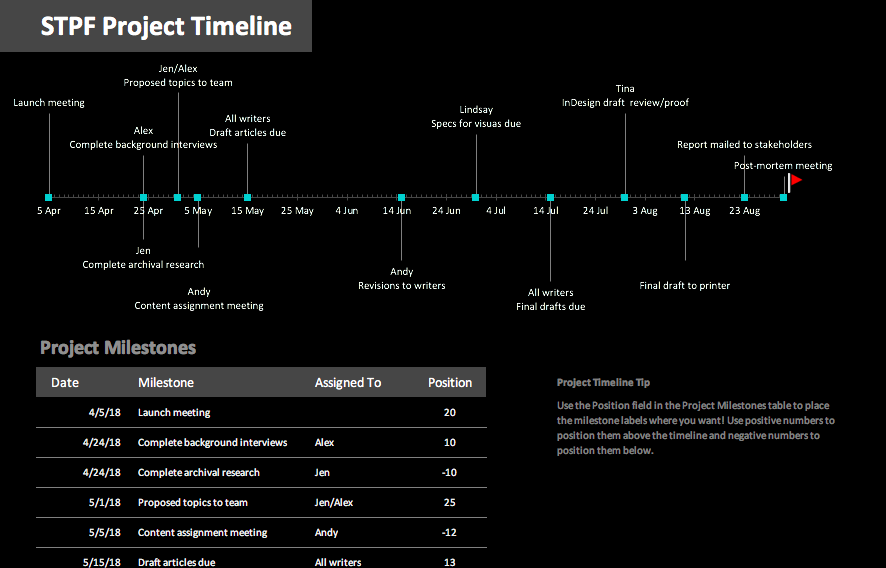Let’s take a quick mental tally: In the past month, have you received a tone-deaf email from a colleague and were left to ponder what he
actually meant? A memo so full of jargon that it required two or three reads to decipher? A set of instructions poorly written enough to require its own manual? A rally-the-team note from a manager or the c-suite that fell completely flat because of insipid or vague writing?
If you answered yes to any (or maybe all) of those questions, you’re not alone.
It’s not breaking news that Americans spend
a lot of time communicating at work. But unfortunately, a lot of that time is wasted.
To be more precise, as Josh Bernoff
reported in the Harvard Business Review, 81% of businesspeople say that poor writing wastes a lot of their time. All those vague emails, poorly organized presentations, and jargon-laden reports add up—and take a major blow to an organization’s productivity.
Of course, it’s not just the internal workings of an organization that suffer under a culture of bad writing. Bad writing filters out to customers, clients, partners, and stakeholders, too. It signals a lack of professionalism, lack of organizational self-awareness and integrity, and lack of respect for your audience. We can probably all agree that those are un-good signals to send.
So what’s an organization to do?
Small steps can make a difference, if you’re willing to commit time (and possibly money) to improving your organization’s writing.
1. Make sure you’ve got polished
templates and models for anything your employees routinely produce, such as project reports, slide decks, or blog posts. Templates not only save time, but they ensure that materials are consistent—and consistently well written.
2. Model good writing from the top. Management sets the tone and the standard for team members to rise (or fall) to. Even casual emails from a team lead or a department head (not to mention the ED or CEO) should be thoughtfully and properly crafted.
3. Design your organization’s workflow with the writing process in mind. Make sure that all public-facing communications are adequately reviewed and vetted—for example, by building in a
beta release for larger projects. And if your staffing allows it, consider providing dedicated in-house writing support for those who routinely create communications.
4. Provide training for employees, whether new hires or veterans. Everyone brings different levels of comfort and experience to writing, so it’s crucial to periodically create the opportunity to ensure that everyone is aware of organizational standards and able to use best practices.
5. Bring in
external support when needed. Sometimes an outside perspective helps, both to identify problems, and to conduct the necessary training to get staff up to speed. Experienced consultants can bring fresh ideas to new communications projects or old communications inefficiencies.
Now, go forth and write (better)!











